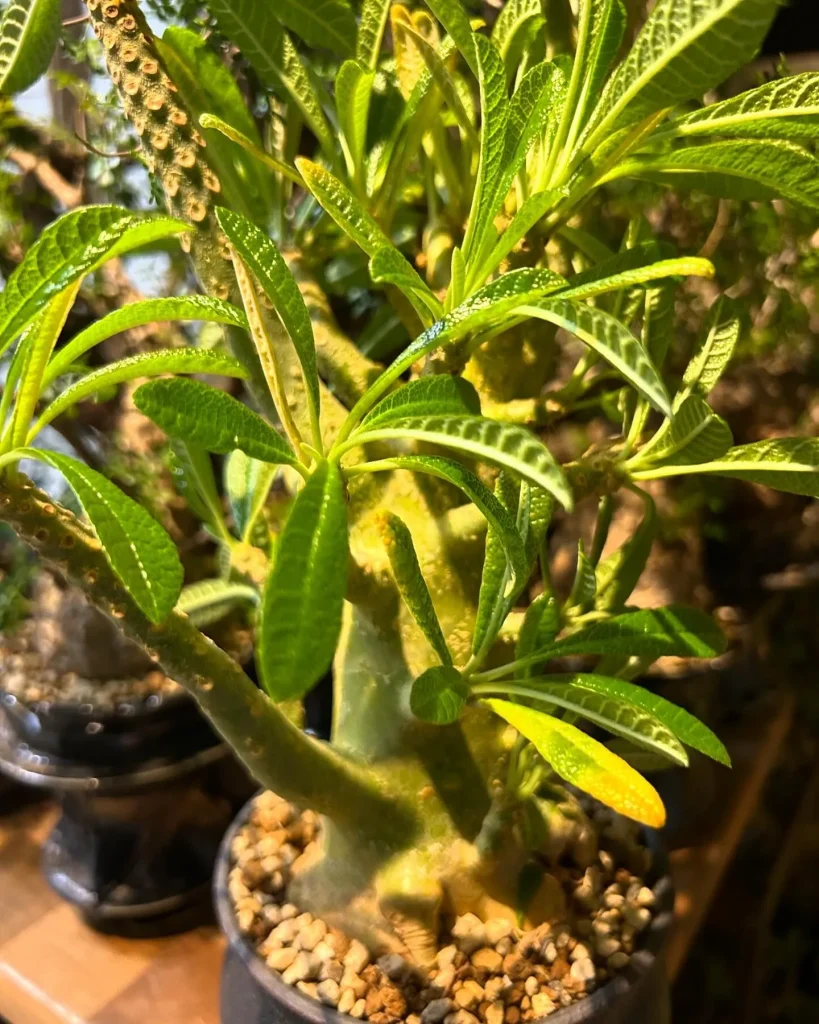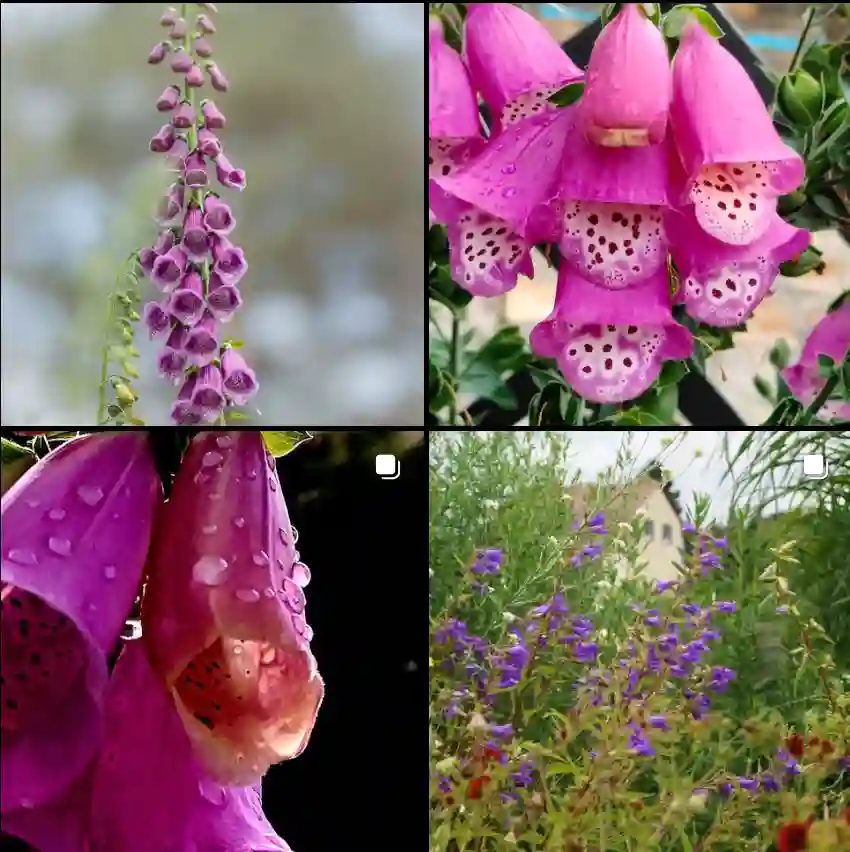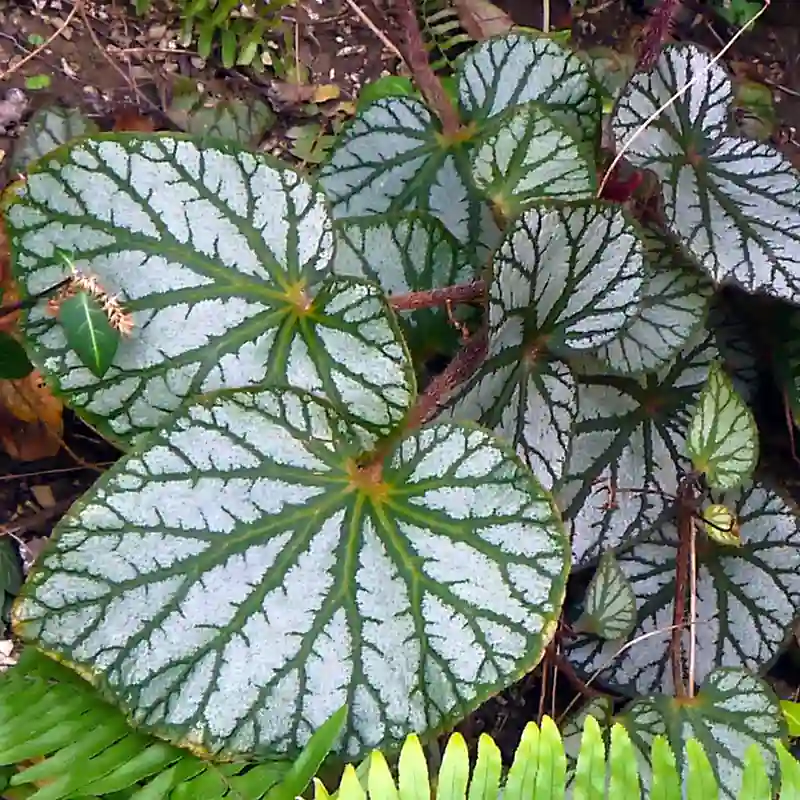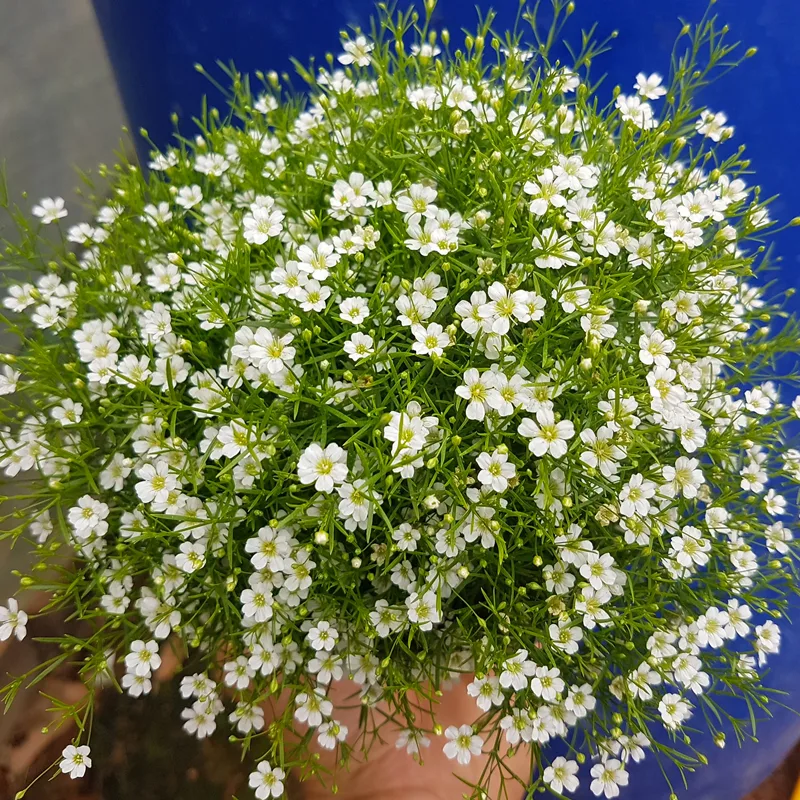Exploring the Misodendraceae Family: A Personal Journey
As a plant enthusiast, I’ve always been fascinated by the diversity and complexity of plant families. One family that piqued my interest recently is Misodendraceae, which includes the genus Misodendrum. This unique family of plants is often overlooked, but its characteristics and ecological significance are captivating. Let me take you through my exploration of the Misodendraceae family.
What is the Misodendraceae Family?
The Misodendraceae family is a group of flowering plants found primarily in South America. This family is composed of a single genus, Misodendrum, which includes about ten species. What makes these plants stand out is their unique habit of growing as hemiparasites. They form associations with various host plants, drawing nutrients and water while still carrying out photosynthesis. This relationship with their hosts fascinates me because it highlights the intricate connections within ecosystems.
The Genus Misodendrum: A Closer Look
Within the Misodendraceae family, Misodendrum stands out for its striking appearance and unique lifestyle. These plants typically have slender, elongated stems and can reach heights of several meters. Their leaves are generally small and clustered, which is a stark contrast to the more robust foliage of many other plant families.
One of the most intriguing aspects of Misodendrum is its parasitic nature. I remember the first time I encountered these plants in the wild. They often grow on the branches of trees, sometimes making them appear like living decorations. The plants’ ability to photosynthesize while extracting nutrients from their hosts is a remarkable adaptation.
Habitat and Distribution
Misodendrum species thrive in diverse habitats, primarily in the temperate regions of South America. I’ve noticed them often in areas with abundant host trees, such as Nothofagus. The relationship they share with these trees is vital for their survival. By tapping into the tree’s vascular system, they gain access to essential nutrients while contributing to the ecosystem by providing habitat for various insects and birds.
When I visit these regions, it’s fascinating to observe how Misodendrum interacts with its environment. The plants often become focal points in the landscape, their unique forms and colors attracting the attention of wildlife. This ecological interplay emphasizes the importance of conservation efforts for these unique plants and their habitats.
Ecological Importance
The ecological significance of the Misodendraceae family cannot be overstated. As hemiparasites, Misodendrum plays a crucial role in their ecosystems. By forming relationships with host plants, they can influence the growth and health of those trees. This interaction can benefit both the hemiparasite and the host in various ways, such as increased resilience to drought or improved nutrient acquisition.
Moreover, the flowers of Misodendrum attract a variety of pollinators, contributing to biodiversity. I’ve witnessed hummingbirds and bees buzzing around these plants, highlighting their role in supporting local ecosystems. It’s a reminder of how interconnected life can be and how every plant has a part to play in maintaining the balance of nature.
Cultivation and Care
If you’re considering cultivating Misodendrum, there are a few things to keep in mind. These plants thrive in well-draining soil and prefer partial shade. As they are hemiparasitic, they benefit from being planted near host plants, which can help support their growth. I’ve found that using companion planting techniques can enhance their success in a garden setting.
Watering is also essential. Misodendrum does not require excessive moisture, but it’s crucial to keep the soil consistently damp. Monitoring the moisture levels and adjusting accordingly will lead to healthier plants. While they may not be the easiest plants to care for, the rewards of seeing them thrive in your garden make it worthwhile.
Conclusion: A Plant Family Worth Exploring
In conclusion, my journey into the Misodendraceae family has been both enlightening and rewarding. The unique characteristics of Misodendrum and its role as a hemiparasitic plant offer a glimpse into the complexity of plant relationships in nature. I encourage fellow plant lovers to explore this fascinating family, as it exemplifies the beauty and intricacy of our natural world.
Whether you’re a seasoned gardener or a casual observer, the Misodendraceae family and its genus Misodendrum are worth your attention. Their ecological significance, unique adaptations, and aesthetic appeal make them a remarkable addition to any discussion about plant biodiversity. Let’s celebrate the richness of our planet’s flora and the stories that plants like Misodendrum have to tell.
If i die, water my plants!



